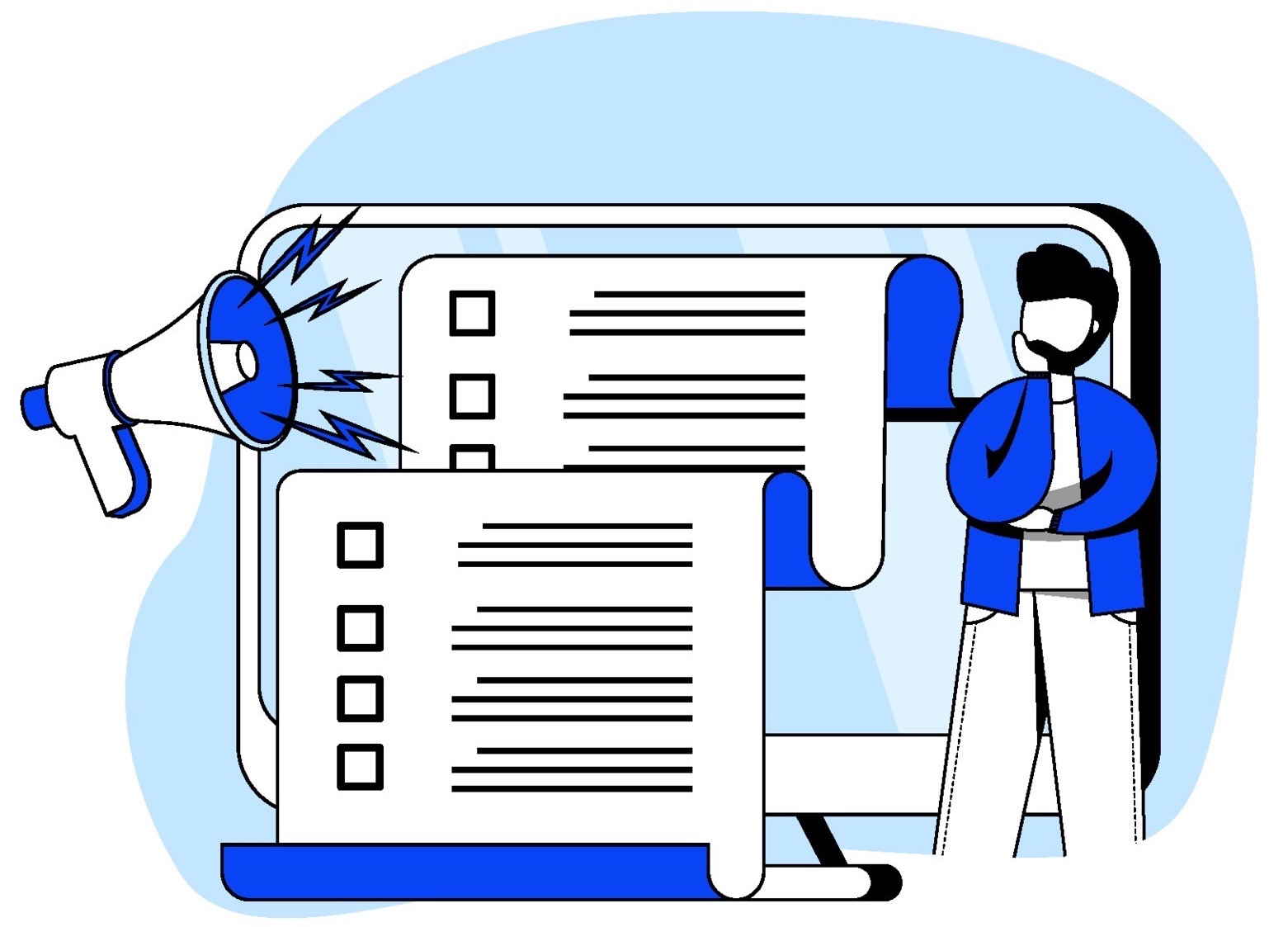In the ever-evolving landscape of cybersecurity, the battle for digital supremacy often boils down to the strength of our defenses. Yet, in this ongoing war, one often overlooked soldier stands out—the humble password. This unsung hero, when fortified, can be a stalwart guardian of sensitive data. However, when neglected, it transforms into an unwitting accomplice, paving the way for threat actors to infiltrate networks and wreak havoc.
The Unseen Threat: Poor Password Policies
As penetration testers navigate through the digital realm, they encounter a plethora of tools designed to exploit weak passwords. Tools like Hydra, John the Ripper, and Hashcat become the cyber weapons of choice in cracking passwords, revealing the stark reality that weak passwords are low-hanging fruit for malicious actors.
Modern Techniques in Password Cracking
Exploring the art of password cracking, we uncover the sophistication of modern techniques. Brute force attacks, where an assailant systematically attempts every possible combination, and dictionary attacks, which leverage common words and phrases, become potent strategies against lax password policies.
User Missteps: A Penetration Tester's Playground
In the realm of users, common missteps become glaring vulnerabilities. The tendency to use easily guessable passwords or reuse them across multiple accounts opens the door wide for exploitation. A password, once the epitome of security, becomes the Achilles' heel when constructed from readily available personal information.
A penetration tester's playground is often a landscape of overlooked weaknesses. Real-life experiences underscore the significance of poor password policies, where gaining unauthorised access is not a hypothetical scenario but a stark reality.
Fortifying the Digital Citadel
To fortify the digital citadel, we must dissect the anatomy of a strong password policy. Guidelines on minimum length, complexity requirements, and the importance of regular password changes emerge as crucial elements.
- Length and Complexity Requirements: A robust password policy should mandate a minimum password length and require a combination of uppercase and lowercase letters, numbers, and special characters.
- Prevention of Password Reuse: Discourage or disallow the reuse of passwords across multiple accounts.
- Avoid Saving Passwords in Browsers: Encourage users to refrain from saving passwords in browsers.
- Education and Awareness: Implement comprehensive education programs to inform users about the importance of strong passwords.
- Two-Factor Authentication (2FA): Implementing Two-Factor Authentication adds an additional layer of defense against unauthorised access.
The Trusted Insider: Vulnerability Waiting to Be Exploited
In conclusion, the trusted insider created by poor password policies is a vulnerability waiting to be exploited. As we navigate through this digital frontier, let's reinforce our defenses, turning weaknesses into strengths. The battle for cybersecurity requires not only robust technologies but also an informed and vigilant user base. The password, when fortified, becomes a powerful ally—guarding against threats and ensuring the sanctity of our digital domains.






0 Comments